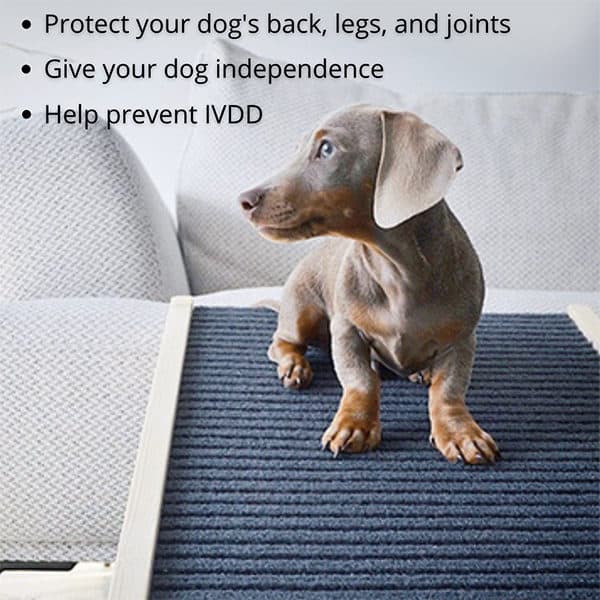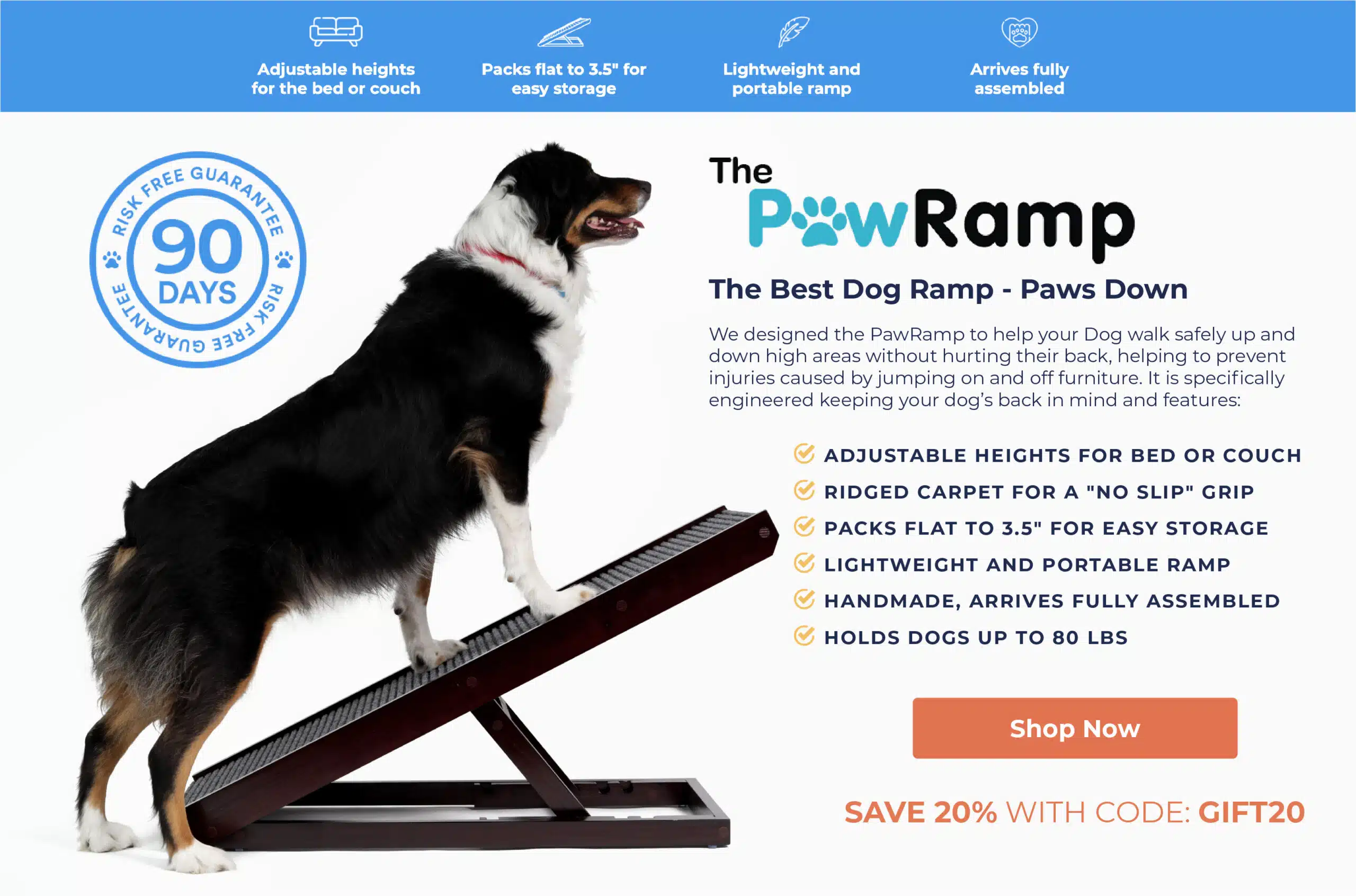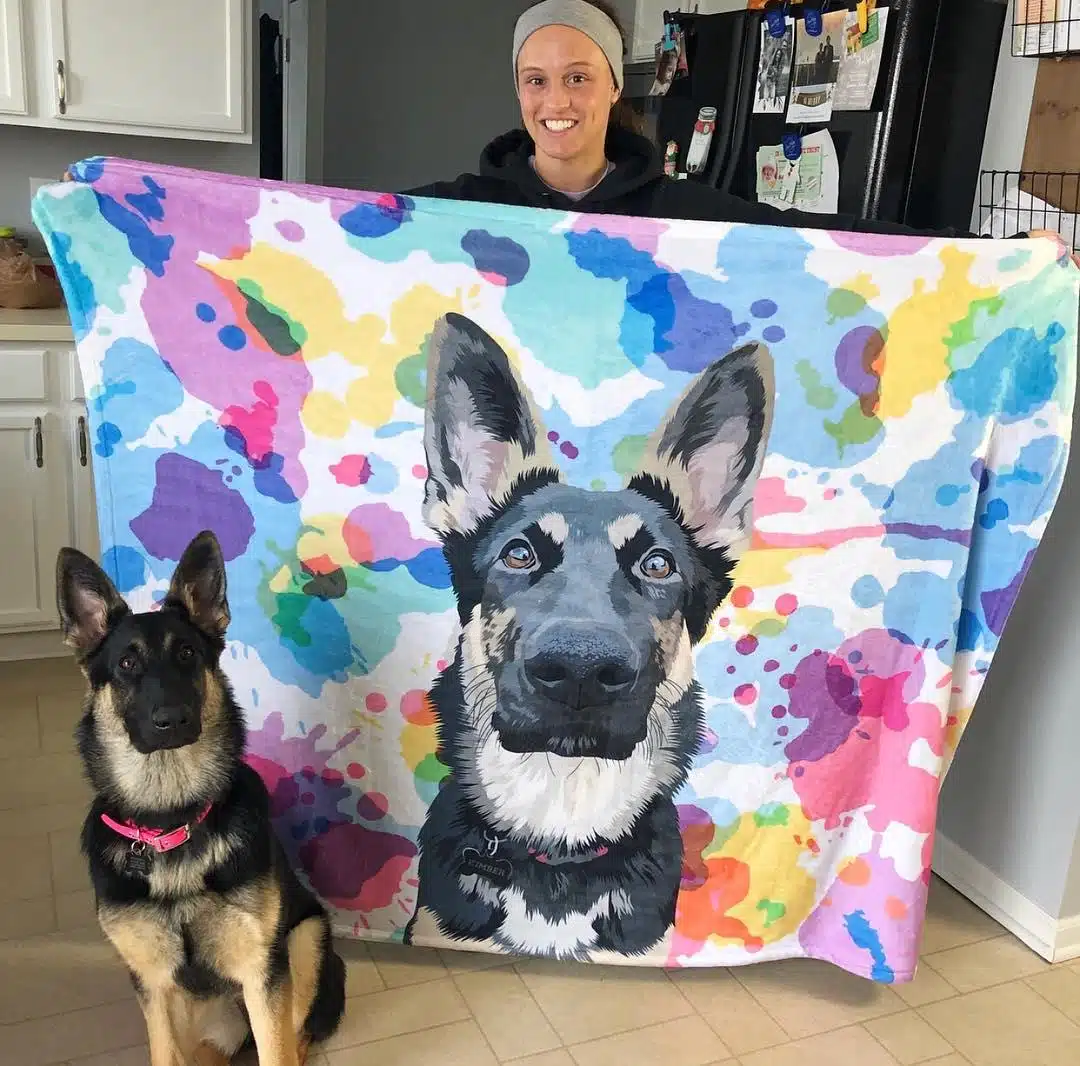Why Dog Ramps are the New Trending Item
Americans are now pampering their pets more than ever, spending a whopping $100 billion on their pets last year, which is more than triple the amount spent two decades ago, this is according to the American Pet Products Association.
IVDD Survivor Story – Hannah & Louis
But what do you buy for your pup who has it all? It turns out Dog Ramps have become the must-have item for dog owners, these ramps offer a convenient way to help your pooch onto the bed or couch for easier cuddles, and best of all, they actually help to prevent painful injuries and joint strain that can occur from trying to reach these areas.
Some common injuries caused by jumping are
- Broken toenails
- Footpad injuries
- Sprains to the legs, and wrist
- Broken teeth
- Slipped kneecaps
- Spinal injuries, this is especially true for dogs with shorter legs.

“As lifelong dog lovers and parents to a Dachshund who is prone to back issues, we know first-hand the importance of providing your dog a safe alternative to jumping up and down from furniture. A dog ramp isn’t a luxury item, it’s a must-have for any pet parent that wants to protect their pups back and hips” – said Joey & Lulu, owners at PawRamp
Small breed dogs
Small dogs love jumping on and off the furniture and will do this many time throughout the day.
Watch Dr. Ross’s Review on Dog Ramps
Senior and arthritic dogs
Older dog’s joints just like our own have suffered a lot of wear and tear over the years, helping them to reach high areas with ease is a must to keeping them comfortable as they age.

“My 13-year-old got to the point where he could not get up or down the furniture. Now, he has the freedom to do so. Wish I had bought it much sooner.” – Deborah, PawRamp Customer
Dogs prone to IVDD (Intervertebral disc disease)
Smaller dog breeds such as Dachshunds, Corgis, and Shih Tzus have a predisposition to developing IVDD, in part, because of their genetic makeup and because their bodies carry a disproportionate amount of weight on a small frame.
IVDD is a common cause of back pain, weakness, and paralysis in dogs. The condition is a disease of the spinal cord that causes the discs to lose moisture, harden and degenerate.

80% of Dogs Develop Arthritis or Joint Pain by 7 Years old – Here’s How to Protect Them
Most of us train our dogs when they are puppies to jump up on furniture. We think it’s harmless (and easier than always lifting them), but for dogs, couches and beds are very high compared to the size of their bodies.
Every time they jump it compresses their back and applies enormous force to their joints.
It’s no wonder that an incredible 80% of dogs experience arthritis or joint pain by only 7 years old.
Luckily, there is a vet-recommended solution.
It’s the PawRamp by Alpha Paw. An adjustable ramp that allows dogs to safely get on and off couches and beds. PawRamp makes joining you in bed or on the couch effortless and fun.
As a bonus, you can use code SAVE35 to get $35 off the PawRamp today.












